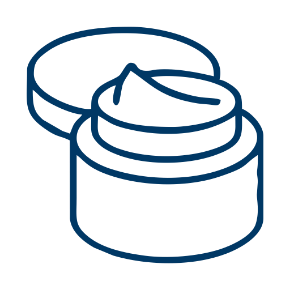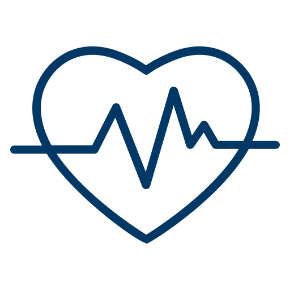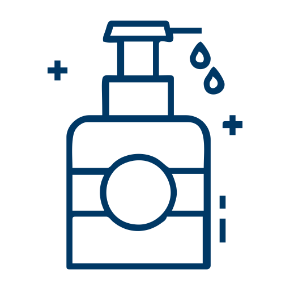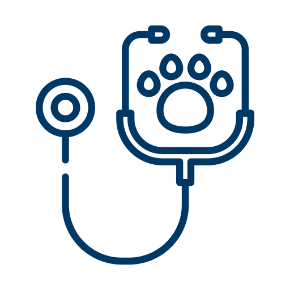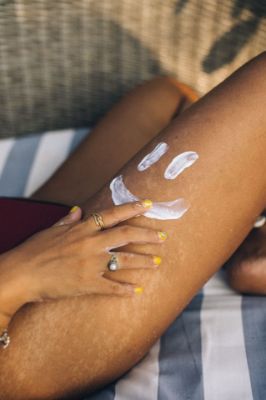When it comes to beauty products, nothing beats the skin-saving power of a good broad-spectrum sunscreen that protects our skin. It is even more important when it comes to going outside in the summer—especially when skin is exposed. Without sunscreen, you’re putting yourself at risk for sun damage that will lead to premature aging and potentially skin cancer. Sunscreen plays a major role in decreasing those risks—that is, if you are applying it properly and using the right sun protection factor (SPF). While it is always best to prevent a sunburn, we know that it’s easier said than done.
A sunburn is a visible reaction to the sun caused by exposure to ultraviolet radiation (UV rays). These UV rays hit skin at wavelengths ranging from 280 to 400 nanometres. The main culprit is exposure to dangerous UVB (think of “B” for “burning”) rays, which have a medium wavelength. They damage the outer layer of the skin, causing a sunburn, which can turn skin red, tender and sensitive to the touch and can cause blistering. In fact, UVB rays cause most skin cancers.
The other most common UV ray is UVA (think of “A” for “aging”), which has the longest wavelength. These rays cause oxidative stress, meaning the oxygen molecules in skin become unstable and create free radicals. This chain reaction can lead to collagen breakdown and even skin cancer. Finally, there are the lesser-known UVC rays, which have the shortest wavelength and are filtered out by the ozone.
- What are the signs of a sunburn?
Though everyone’s sunburns are varied, nothing kills summer fun faster than a painful burn. We are all familiar with the redness and pain that comes with a sunburn, but swelling, fever and chills are also symptoms. During the healing process, skin can become extremely dry and itchy and eventually peel. While the signs of a sunburn may be temporary, skin damage is permanent, increasing the risk of skin cancers, wrinkles and sunspots.
- How long does a sunburn last?
The signs of a sunburn may not appear for a few hours, but it typically reveals its worst symptoms by 24 to 36 hours after exposure to UVB rays. While a mild sunburn takes two or three days to fade, more serious ones—the ones that cause blistering or scabbing—can take two weeks. However, the process can be sped up with the right treatments.
Sunburn treatments
- How to get rid of a sunburn?
No one wants to walk around with a lobster-red sunburn or peeling skin, so easing the pain and speeding up recovery is essential—and the first area to tackle is redness and inflammation. Your healthcare professional may recommend taking ibuprofen to give you sunburn relief and reduce the inflammation. Next, take some of the heat out of your skin with damp compresses followed by a soothing after-sun lotion.
- How to stop sunburn itch?
One of the more irritating side effects is the pesky itch that comes from sore, tender, sunburned skin. The urge to scratch is triggered because the sun has killed the top layer of skin cells and new healthy cells need to come up to the surface. But scratching isn’t the answer; in fact, it can lead to infection. Sweet relief comes by moisturizing the skin with an after-sun hydrating milk.
- How to stop a sunburn from peeling?
A peeling sunburn is a sign that serious damage has been done to your skin on a deep cellular level. Think of it as a defence mechanism; it’s your body’s way of healing, replacing the damaged layer with healthy new cells. Depending on the severity of the sunburn, your skin could shed for up to two weeks. Once you start peeling, there’s no real way to prevent it, but you can speed up the process by staying out of the sun and using a topical sunburn treatment like after-sun hydrating milk.
- How to treat sunburn blisters?
One of the most severe symptoms of sunburn is blistered skin, which is a second-degree burn caused by sun exposure. A blistering sunburn can form small bumps on the skin that are usually white or transparent. Never pop these blisters! They are there to help protect against infection and heal the skin. Instead, talk to your healthcare professional as they may recommend taking ibuprofen to reduce swelling. Additionally, place cold & damp packs on blistered skin to take down the heat and reduce blister size, and then follow up with a moisturizer.
- How to soothe sunburn redness?
Every sunburn goes through a similar healing process, but it all starts with the burn developing, which can take about 12 hours. To help mitigate the hot, prickly feeling, enjoy a cool shower and drink lots of water because a sunburn draws fluid to the skin’s surface and away from the rest of the body.
- How to treat sunburned lips?
First, use a cold compress to help reduce redness and inflammation. Just like with skin on the rest of your body, your lips will get very dry after the initial inflammation goes down, so use a moisturizing lip balm with an SPF 30 or higher and rehydrate by drinking lots of water or sports drinks to boost electrolytes.
Sunburn prevention
- How to prevent a sunburn while swimming?
You need to be extra careful around water because its surface reflects and can even magnify the damaging rays of the sun, and this can increase your chances of getting a sunburn. Thirty minutes before you go outside for your dip, apply a broad-spectrum sunscreen with a minimum of SPF 30. There is no such thing as waterproof sunscreen, but there are water-resistant formulas that give protection even while wet for up to 80 minutes.
To further safeguard your skin while you’re in the water, choose swimwear made from UPF fabric—a special material that offers the same type of UV-fighting protection as a sunscreen.
- How to prevent a sunburn while walking?
When it comes to sun protection, it doesn’t start and stop with sunscreen. On your walk, team up your broad-spectrum sunscreen (with a minimum of SPF 30) with a long-sleeved shirt and long pants, and accessorize with a wide-brimmed hat and, to protect eyes and the surrounding skin, sunglasses with lenses that have 99% to 100% UV absorption. If you have the option, walk on the shady side of the street to avoid direct sunlight.
When it comes to choosing sunscreen, keep your skin type and level of activity in mind. If you have oily skin and you’re planning to work up a sweat on your walk, opt for sports sunscreen.
- How to prevent a sunburn while working out?
According to the Canadian Dermatology Association, the sun is at its strongest between the hours of 11 a.m. and 3 p.m., so try to get your run, bike ride or tennis match in during off-hours. Perspiration and sunscreen don’t always mix, so it’s important to choose a formula that’s water- and sweat-resistant. Apply it at least 30 minutes before heading outside to allow it to fully absorb and be sure you don’t skip any areas.
- How to prevent sunburned lips?
Many of us are diligent about applying sunscreen, but we often overlook our lips, which is a particularly sensitive area because it is so thin and always exposed to the sun. You’ll need to reapply it more frequently than you would sunscreen for the rest of your body.
Sunscreen guide
- What is the best sunscreen for you?
For starters, the best sunscreen is the one that you’ll use generously every single day. The Canadian Dermatology Association recommends using one that has a minimum SPF of 30 and is labelled “broad-spectrum,” because this means it protects against both UVA and UVB rays. You also need to take your skin type into consideration. If you’re unsure what that is (dry, oily, combination and/or sensitive.
- What is the best sunscreen for your face?
Since your face is constantly exposed to harmful UV rays, it’s smart to bump up your coverage to an SPF 60. The best sunscreen for the face is generally a mix of mineral and chemical sun filters and has a formula that melts into the skin quickly without leaving behind a white cast or greasy residue, making it a great pick for all skin types and tones. In terms of application, sunscreen should be the last step in your skincare routine, and you should apply approximately two fingers’ worth (use your index and pointer fingers) to your face, hairline, ears and neck.
- What is the best sunscreen for acne-prone skin?
If you have acne, you probably don’t like sunscreen. Chalk this up to the fact that many sun-care products are greasy and heavy, which could make breakouts worse. However, the best sunscreen for oily and acne-prone skin is one that’s lightweight and specifically formulated to help meet the needs of those with oily to combination skin.
- What is mineral sunscreen?
Mineral sunscreens contain inorganic physical filters (such as zinc oxide and titanium dioxide) that achieve their SPF by physically blocking UVA and UVB rays from penetrating the skin. To put it simply, they act as a filter to create a barrier between the skin and UV rays that disperses the rays attempting to directly hit the skin. The main downside to some mineral SPFs is that they tend to leave a white cast when applied, making them difficult to use for all skin tones.

